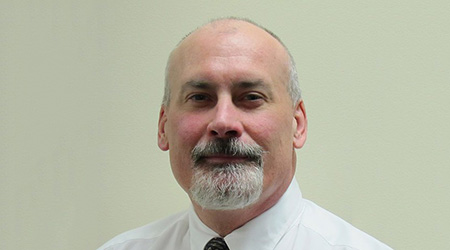The Benefits of an Asset Management Program
How does this process benefit managers and their facilities? Let’s align the six areas to facility management functions.
First consider strategy and planning. An organization’s asset management activities should align to the overarching facility objectives, providing clarity to organizational asset management priorities and goals, as well as a much clearer direction on ways to achieve them. This process is critical to any organization, and it lays the foundation for future plans, staffing, and funding.
Within this element are the sub-elements, including the organization’s asset management policy, objectives, and asset management planning. All play an important part in facility assets, their management and the stakeholders.
Next comes asset management decision making. This element formalizes and documents the organization’s decision-making process. It includes detailing capital investments and ways those decisions are made by considering total life cycle value, the way operations and maintenance takes place, and resourcing. Once managers achieve this step, this element will assist them in making better decisions by balancing costs, risks, opportunities and performance.
The element of life-cycle delivery is the formal process of evaluating the total associated costs of an asset. This element includes everything from design to final decommissioning. It summarizes the way the assets are managed and operated at the agreed-upon service level while optimizing the total cost of ownership at an appropriate level of risk. The sub-elements in this area includes risk management, operating plans, maintenance plans, capital planning, and strategies and decommissioning plans.
Next comes asset information, planning and strategy. This element describes the way asset information supports the delivery of an asset management strategy and objective. It includes developing standards that ensure a consistent approach to capturing accurate information. Asset data gives the organization the assurance that records are fit for purpose and consistent with the asset information standards.
The element of organizations and people involves the people responsible for executing the strategies. It is incumbent on the leadership and management team to assure that the organization’s structure, competence and culture achieve the asset plan’s objectives.
Finally comes risk and review. Risk management has become an integral aspect of good asset management strategies. Most U.S. facilities have integrated risk management into their asset management plans fully, or at least partially. The best-performing operations recognize the importance of risk, and they consider it part of their continuous improvement process. Measuring, reviewing and improving are critical factors in success.
Every organization should consider elements of ISO 55000 if they are not already in place. Some concepts are common sense, but you would be amazed at the number of organizations that do not see the need or requirements for a new and improved version of asset management.
Andrew Gager, CMRP, CPIM — a.gager@nexusglobal.com — is director of Asia and Australia with Nexus Global Business Solutions. He has more than 28 years of manufacturing and facilities experience, ranging from warehousing operations to plant management. He is a registered CMRP, CPIM and Six Sigma Green Belt, and he is formally trained in change-management principles.
Related Topics:













